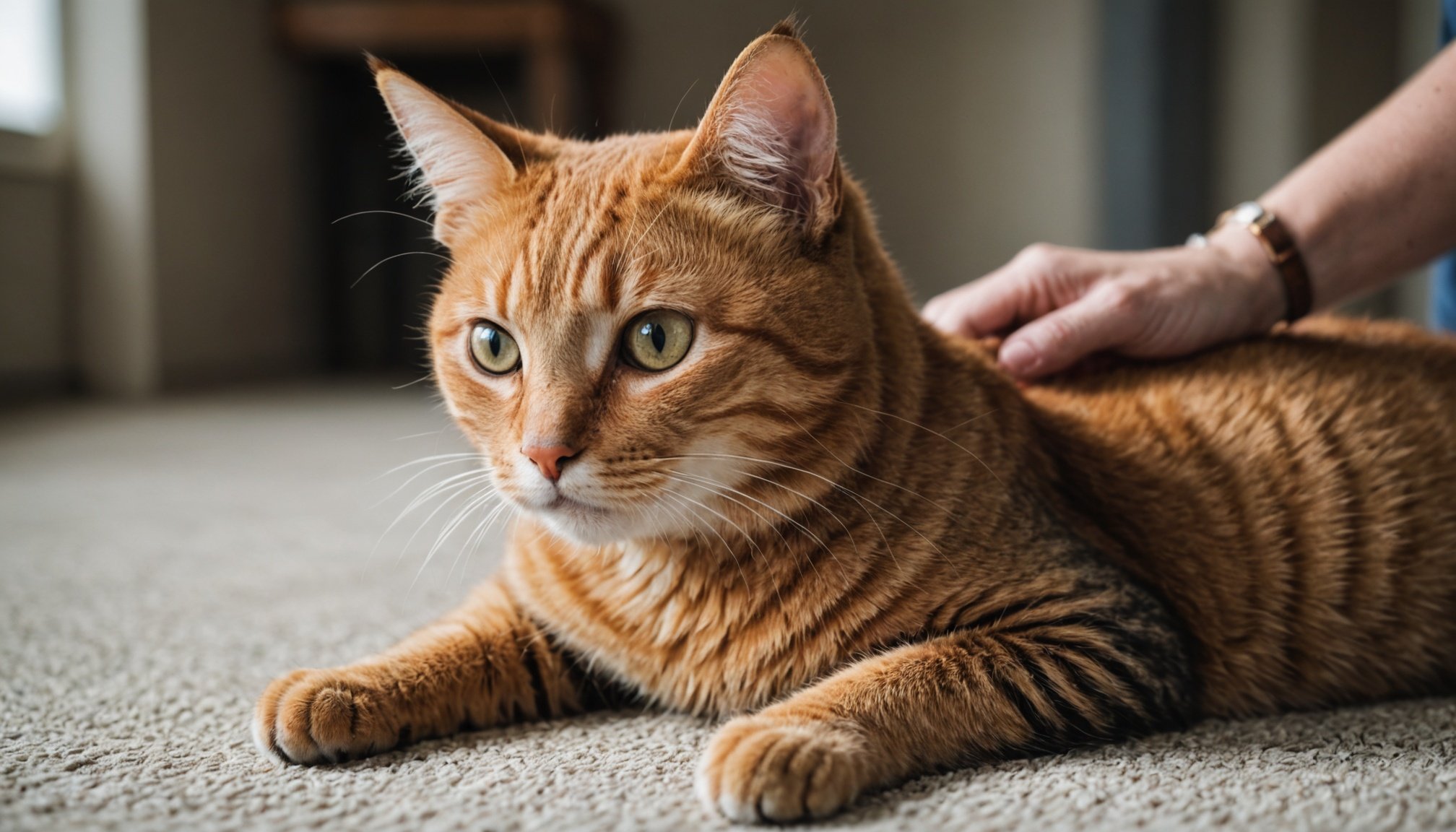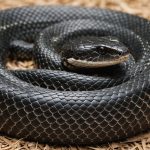Understanding Declawing and Its Consequences
Declawing, a common procedure often misunderstood, involves the surgical removal of a cat’s claws and the third bone of each toe, which can have significant implications for the animal. This operation is much more than a simple nail trim, as it equates to removing a human fingertip at the last knuckle.
The consequences of declawing extend beyond immediate physical discomfort. Cats may experience behavioral changes post-declawing, such as increased aggression or reluctance to use the litter box due to discomfort or pain. Physically, they could suffer from chronic pain, gait changes, or lameness, which may negatively impact their welfare.
Additional reading : Discover the Top Advantages of Welcoming a Pet Sheep into Your Rural UK Home
From an ethical standpoint, the practice of declawing poses substantial concerns related to animal welfare. Many veterinarians and animal rights organizations argue that declawing infringes upon a cat’s natural behavior and ability to defend itself. It’s viewed as an unnecessary modification that prioritises human convenience over the cat’s health. Exploring alternatives like providing scratching posts or using nail caps can offer more ethical solutions, promoting better overall cat welfare.
Humane Alternatives to Declawing
Exploring compassionate cat care options can provide effective solutions that maintain your cat’s well-being. There are several alternatives to declawing that offer humane methods to manage your Maine Coon’s scratching habits.
This might interest you : Mastering the Art of Snake Shedding: Essential Tips for Seamless Care
Behavioural Training Techniques
Focusing on positive reinforcement strategies can lead to gentle and successful training. Rewarding your cat when they use a scratching post instead of furniture can be surprisingly effective. It’s crucial to use redirection to discourage scratching; this involves gently guiding your cat to the appropriate item when they start scratching something off-limits.
Consistency is key. Training that occurs sporadically can confuse your cat, making it essential to maintain regularity and persistence in reinforcing desired behaviours. Over time, your feline friend will learn which surfaces are appropriate to scratch on.
Nail Trimming Tips
Regular nail care options can significantly mitigate the damages caused by scratching. Trimming your Maine Coon’s nails every few weeks helps keep them duller and less destructive. To do this safely, employ tools such as cat-specific nail clippers and be cautious to avoid cutting too close to the quick, which can cause pain and bleeding. Practising patience and seeking assistance can also create a more pleasant experience for both you and your cat.
Creating a Cat-Friendly Environment
Crafting a safe cat environment is pivotal for any feline owner. Providing appropriate scratching surfaces is an effective strategy. Cats naturally scratch to mark territory and maintain claw health, so it’s essential to offer alternatives. Invest in sturdy scratching posts or mats made from materials like sisal. Position these near favorite furniture to redirect your cat’s attention from household items to the designated scratching zones.
Protecting furniture is another concern for cat caregivers. Using double-sided tape or aluminum foil on armrests can deter cats from approaching. Furniture protection covers can also be effective barriers against claw damage. Additionally, providing vertical spaces like cat trees or shelves can reduce the temptation for cats to claw at couches or curtains.
Environmental enrichment is crucial for stimulating cat behavior. Incorporating toys and interactive puzzles can keep your feline friend active and entertained. Varied play objects can help satisfy hunting instincts and prevent boredom.
Lastly, ensuring a safe cat environment includes examining household plants, as some may pose toxicity risks. Opt for cat-friendly greens like catnip or cat grass to encourage safe nibbling and curiosity, creating an engaging and secure home for your beloved pet.
Professional Advice and Resources
When considering vetinary advice on declawing alternatives, consulting with experienced veterinarians is crucial. These professionals can provide detailed insights into the physical and psychological impacts of declawing and suggest humane alternatives such as nail trimming or behavioural training. Expert opinions highlight the importance of choosing practices that ensure the long-term well-being of cats, avoiding unnecessary procedures that may lead to health complications.
In exploring cat care resources, pet owners can access comprehensive guides and materials to understand their feline friends better. Websites, books, and seminars offer tailored strategies for maintaining healthy and happy cats, explaining techniques like environmental enrichment and stress management. These resources empower owners to adopt responsible practices, enhancing their cats’ quality of life.
For further support, connecting with local animal welfare organizations is advisable. Such entities often provide workshops, helplines, and community events focused on educating cat owners about responsible pet care. They serve as a valuable point of contact for those seeking guidance on issues like declawing, providing veterinary advice and expert opinions that foster informed decision-making.
Overall, leveraging these resources ensures that pet owners are well-equipped to care for their cats compassionately and knowledgeably.











